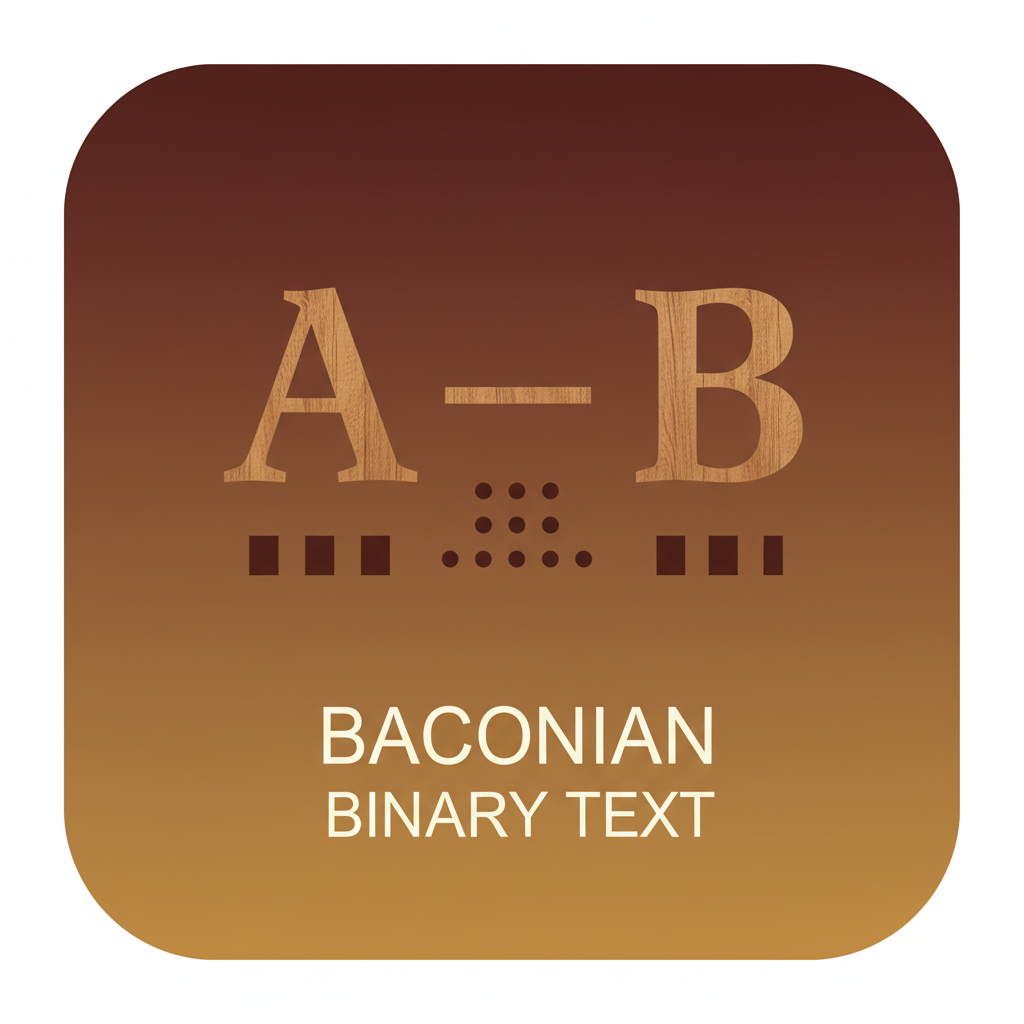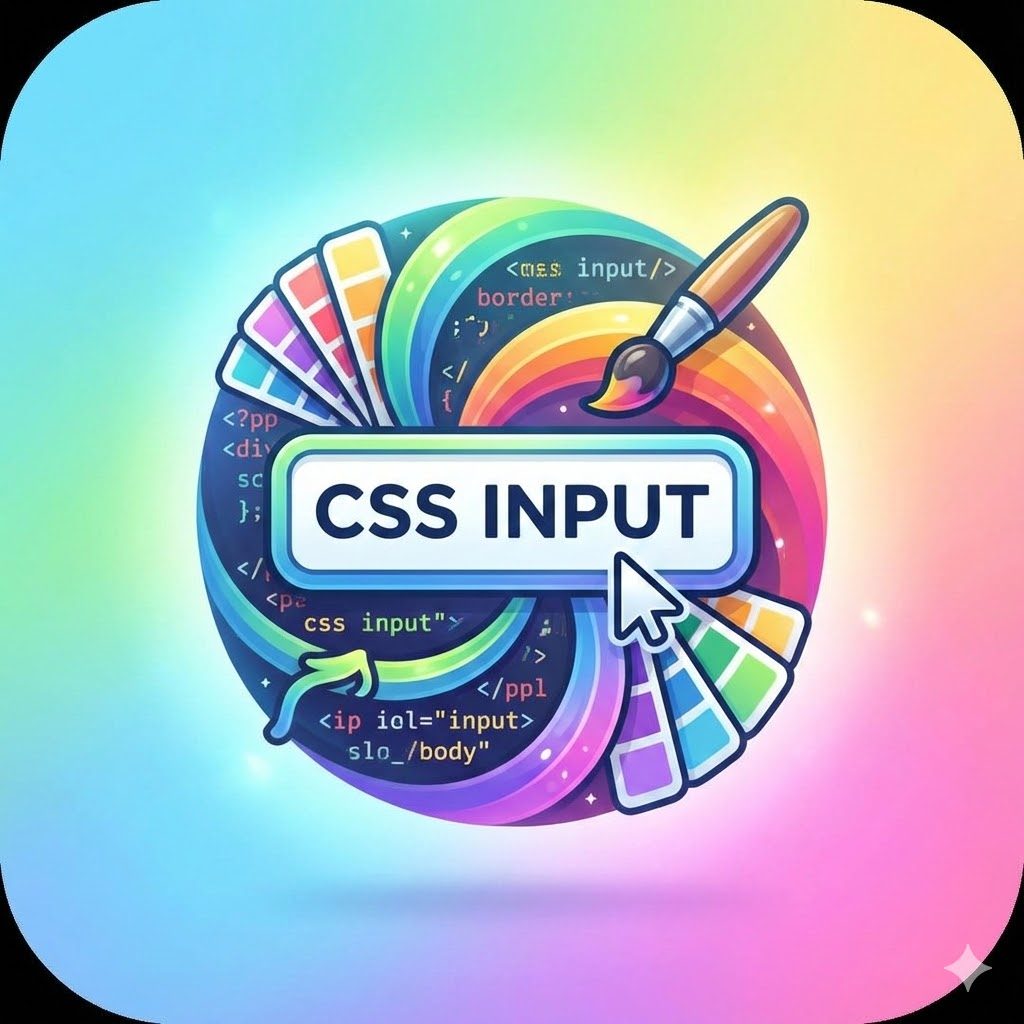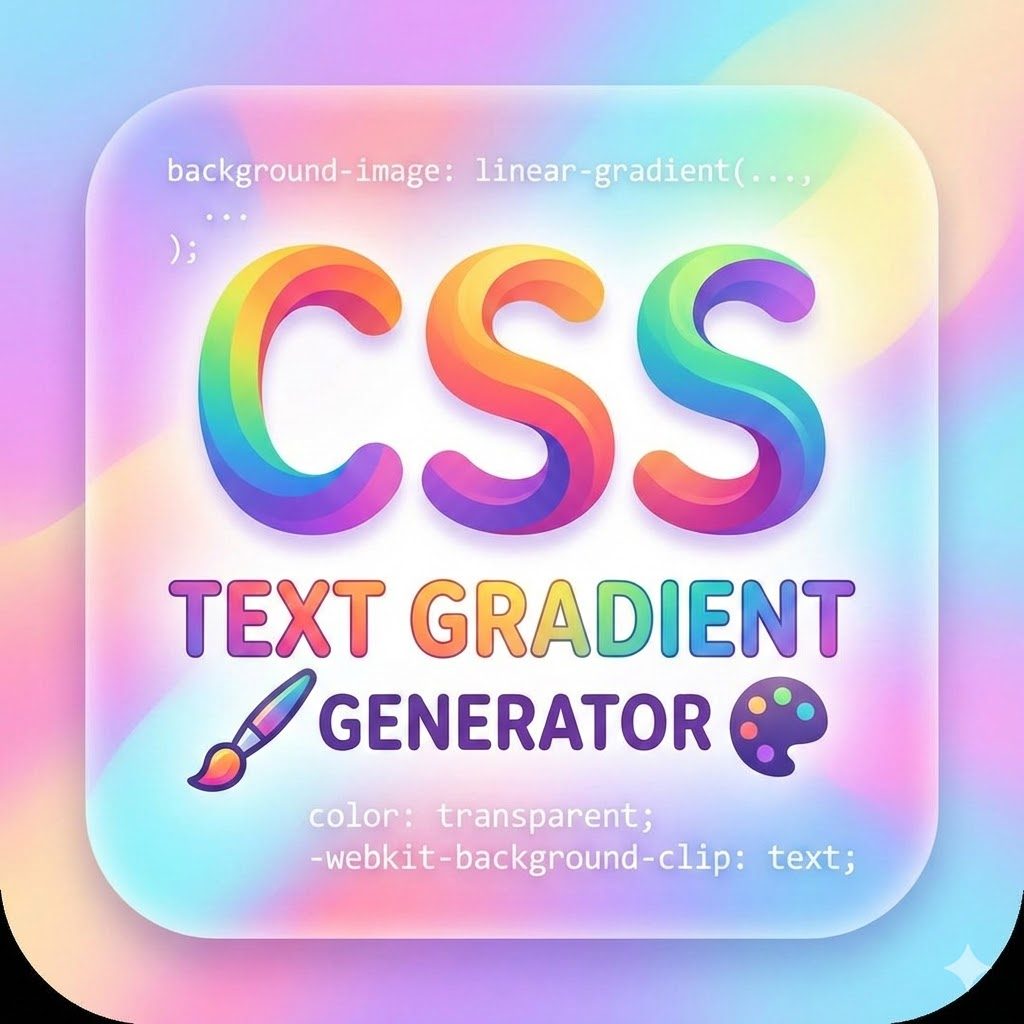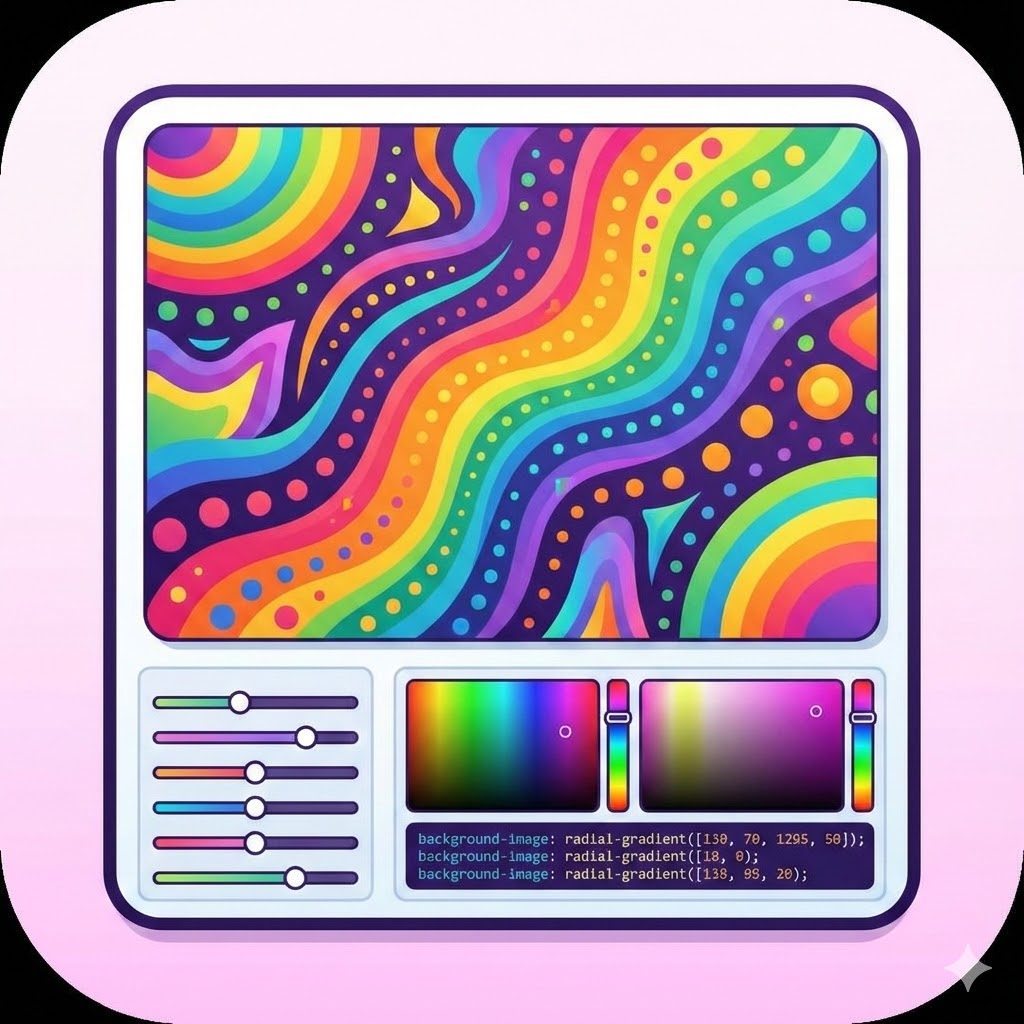Baconian Binary Text
Encode and decode text using the Baconian cipher with binary representation. Convert messages seamlessly with this online tool.
The Baconian Binary Text Tool 🥓✨ is a modern interpretation of Sir Francis Bacon’s Cipher — a 17th-century cryptographic system that encoded secret messages using binary patterns of letters or symbols. This interactive tool allows you to encode and decode text using Bacon’s ingenious binary substitution method, revealing how early cryptographers used hidden layers of meaning long before computers existed.
Bacon’s Cipher is one of the first examples of steganography — the art of hiding messages in plain sight. Each letter of the alphabet is represented by a 5-bit binary sequence, typically using two symbols (A/B, 0/1, or any chosen pair). The binary text can then be concealed inside larger writings, letter patterns, or digital characters — making it a perfect teaching example of information hiding and early encryption logic.
⚙️ Key Features:
🔢 Instant Encoding & Decoding:
Convert readable text into Baconian binary sequences or translate binary patterns back into plain text instantly.🧮 Custom Symbol Options:
Choose your binary representation — useA/B,0/1, or your own symbols for creative encryption.📚 Supports 24- and 26-Letter Variants:
Select between Bacon’s original cipher (I/J and U/V combined) or the modern 26-letter adaptation for precise encoding.🧠 Educational Visualization:
Watch real-time conversions showing how letters map to binary representations and vice versa.🎨 Steganography Mode:
Hide binary code within another block of text by substituting uppercase/lowercase letters or font variations — just like Bacon’s original method.💻 Bidirectional Functionality:
Encode, decode, copy, and share results instantly through a clean, interactive interface.🏛️ Historical Context Built-In:
Learn about Sir Francis Bacon’s pioneering role in steganography, cryptographic thought, and early binary encoding principles.
💡 How It Works:
The Baconian Cipher represents each letter with a sequence of five binary elements — for example:
A =
AAAAAor00000B =
AAAABor00001C =
AAABAor00010
...and so on.
A message like “HELLO” becomes:
which translates to:
AABBA AABAA ABBAA ABBAA ABBAB
This binary text can then be disguised in plain writing, where the font, capitalization, or spacing encodes the hidden message — a technique Bacon used to communicate secrets in political and literary circles.
🌍 Perfect For:
👨🏫 Teachers & Educators: Demonstrating classical cipher evolution and binary logic.
🧑🎓 Students: Learning early cryptography, binary encoding, or steganography.
🕵️♂️ Code Breakers & Puzzle Creators: Designing secret writing challenges or cipher-based games.
📜 Historians & Researchers: Studying the legacy of Bacon’s intellectual contributions to modern data encoding.
💻 Writers & Developers: Adding historical or cryptic flair to projects, stories, or puzzles.
🔍 Why It’s Important:
The Baconian Binary Text Tool bridges language and binary systems, showing how encryption principles emerged long before digital computing. It demonstrates the timeless concept of mapping text to binary states, which forms the backbone of today’s data encoding, programming, and communication protocols.
By experimenting with this tool, users can explore how classical cryptography evolved into modern binary systems — from secret letters in the 1600s to the 0s and 1s powering modern computing.
✨ In Short:
The Baconian Binary Text Tool 🔠🧬 is a digital gateway into the mind of Francis Bacon — where philosophy, language, and mathematics intertwine to form one of the earliest encryption systems. Whether you’re encrypting a secret message, decoding a puzzle, or teaching binary logic, this tool transforms history’s most brilliant cipher into an accessible, hands-on experience.
Hide meaning. Reveal intelligence.
With the Baconian Binary Text Tool, your words gain a hidden dimension — elegant, mathematical, and timeless. 🕵️♀️📜






